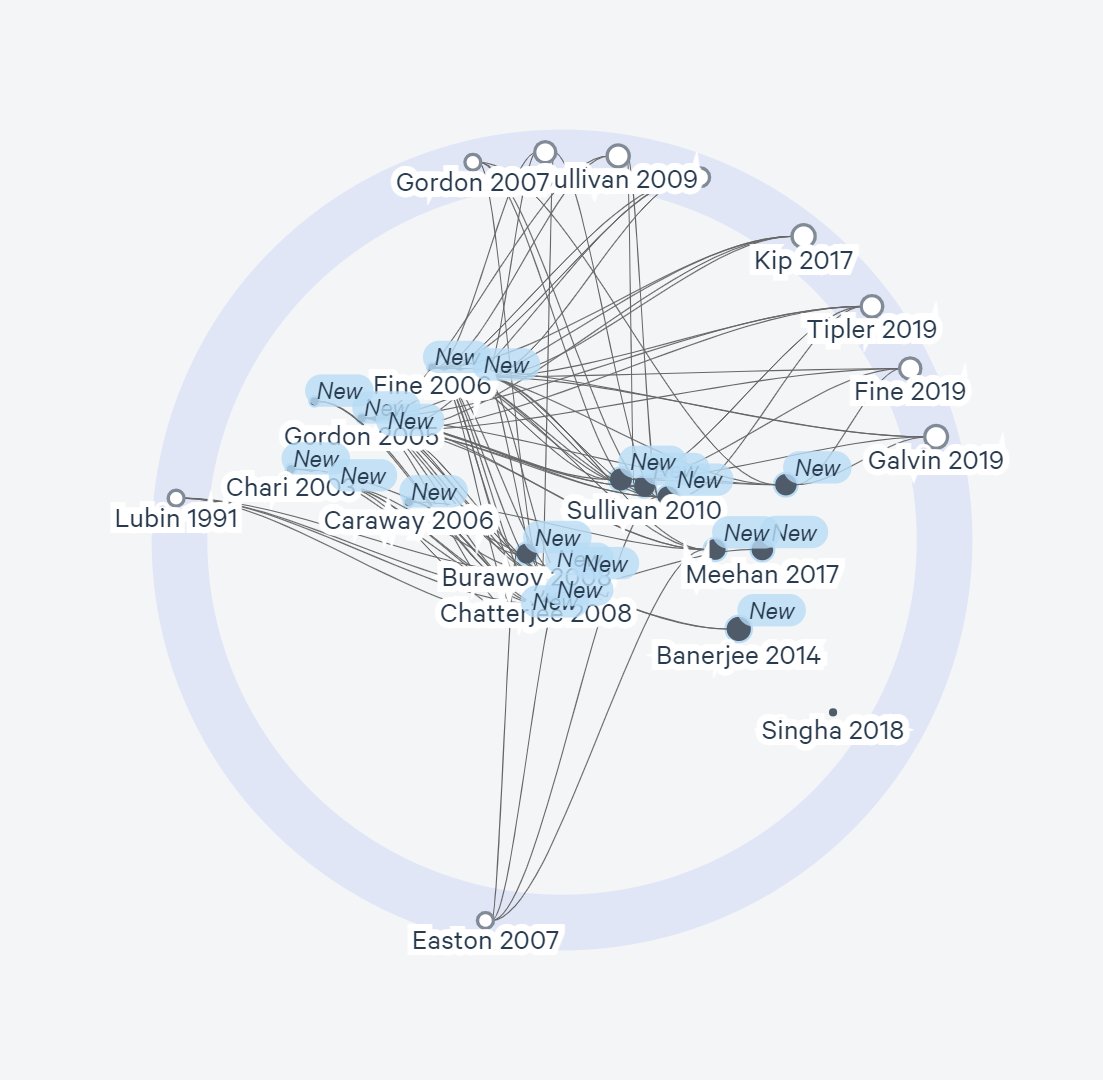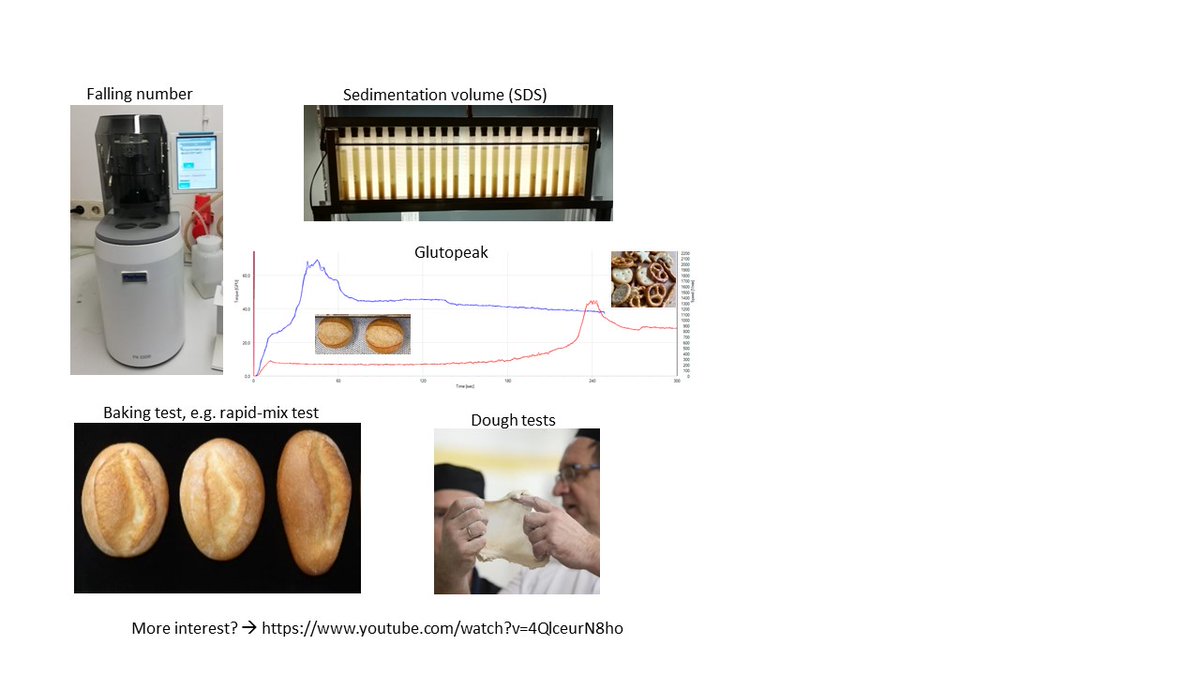
Tenzer Lab
@tenzerlab
Focusing on quantitative proteomics using ion mobility and data-independent acquisition techniques
ID: 1204407014685904896
10-12-2019 14:26:39
177 Tweet
629 Followers
334 Following


Want to learn how to optimize your #DDA-PASEF acquisition for #immunopeptidomics? Use Thunder-DDA-PASEF! See our paper by DavidGZ from HI-TRON Mainz: rdcu.be/dA7di Thanks to a wonderful collaboration with CompOmics and Christine CARAPITO!

Job Alert 🌟 We are recruiting a postdoc in #lcms based #immunopeptidomics in our group HI-TRON Mainz - position is fully funded for two years. Check the job description and apply here: jobs.dkfz.de/en/jobs/166492… Please RT!


Follow this excellent tutorial if you want to improve your DDA-PASEF acquisitions with Thunder-DDA-PASEF and ensure high-coverage immunopeptidomics analyses ⬇️ Huge congrats to Tenzer Lab DavidGZ and co-authors for this fantastic work recently published in Nature Communications! 👏




























